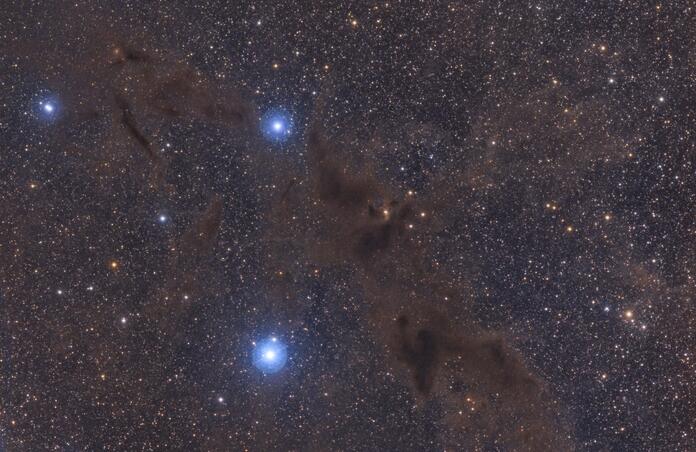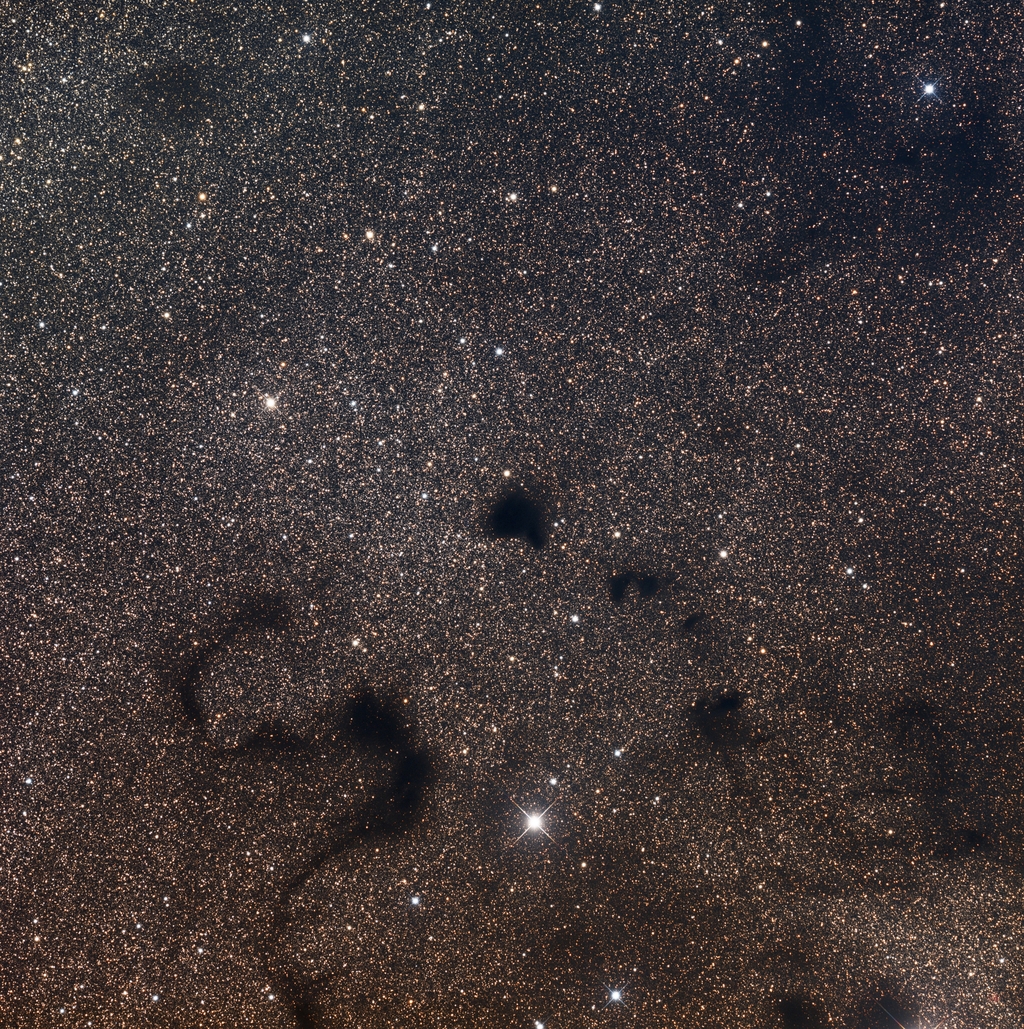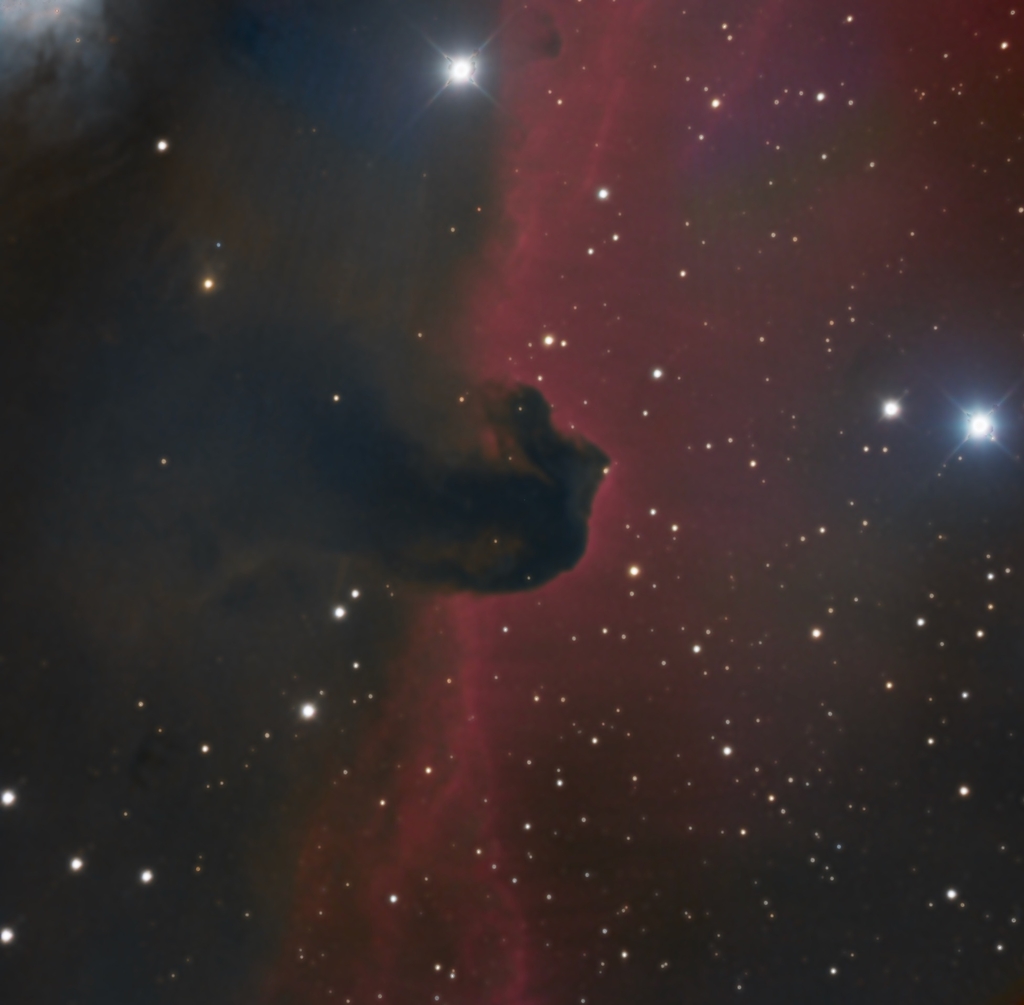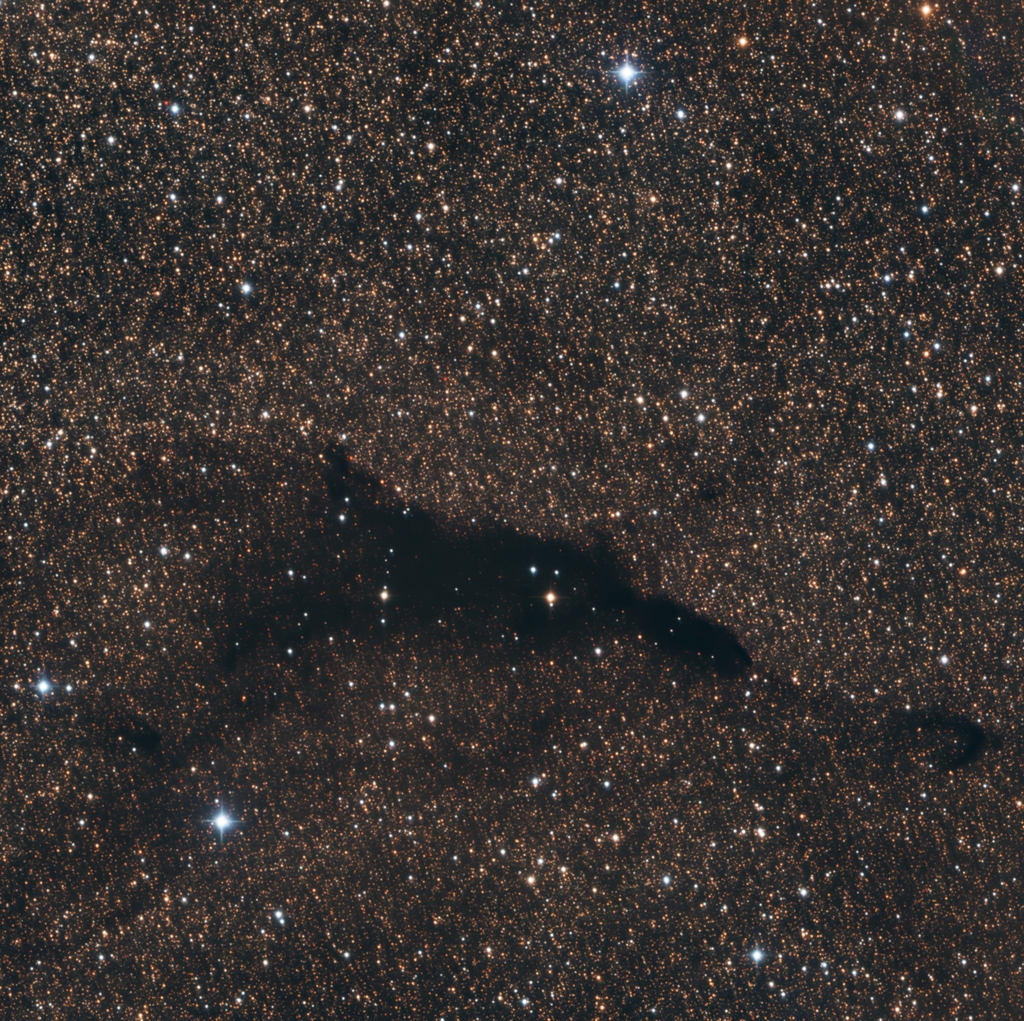The Barnard Astronomical Catalogue

The main catalog to use to find and observe dark nebulae was created by American astronomer Edward Barnard who is more commonly known as E.E. Barnard. He was a gifted astronomical observer who catalogued many of these items in the “Barnard Catalogue of Dark Markings in the Sky” which is now known as the Barnard Catalogue. Barnard originally published this catalog in 1919 in the Astrophysical Journal, listing 182 dark objects. A later version of his catalogue published in 1927 shortly after his death listed 369 objects. E.E. Barnard is best known for his discovery of the proper motion of a red dwarf star about 6 light years from us in 1916. This star is the most studied red dwarf stars because of how close it is to us.
For those new to astrophotography, dark nebulas can often be overlooked even though they are among the most interesting and beautiful objects in our galaxy. They can also be among the toughest objects to find, observe, and image and process effectively. The main reason is that dark nebulae contain large amounts of interstellar dust that are dense enough to block out much of the wavelengths of visible light behind it. Some prominent examples are:
Barnard 72, the Snake Nebula

This object is in the constellation Ophiuchus and is a dust lane that snakes along (pun intended) in front of star clouds of the Milky Way. This object is part of a much larger complex known as the Dark Horse Nebula; a very large dark nebula that exists as part of the central bulge of the Milky Way known as the Great Rift. There is no 1-Click Observation data for Barnard 72 (yet); the image above is from a Telescope Live Advanced Request.
Barnard 33, the Horsehead Nebula

This object is located in the Orion constellation, just south of the star Alnitak, the eastern star of Orion’s belt. It’s part of the Orion Molecular Cloud complex in a star forming HII region known as IC 434. Grab the 1-Click Observation Data here for this object Barnard 33.
Barnard 252, the Dolphin Nebula

This object lies deep in the plane of our galaxy near the constellation Scorpius. It is surrounded by a huge cluster of stars thousands of light years along our line of sight which you can see with the naked eye. Grab the 1-Click Observation data for Barnard 252 here.
To see the full Barnard Catalogue listing, click here.
